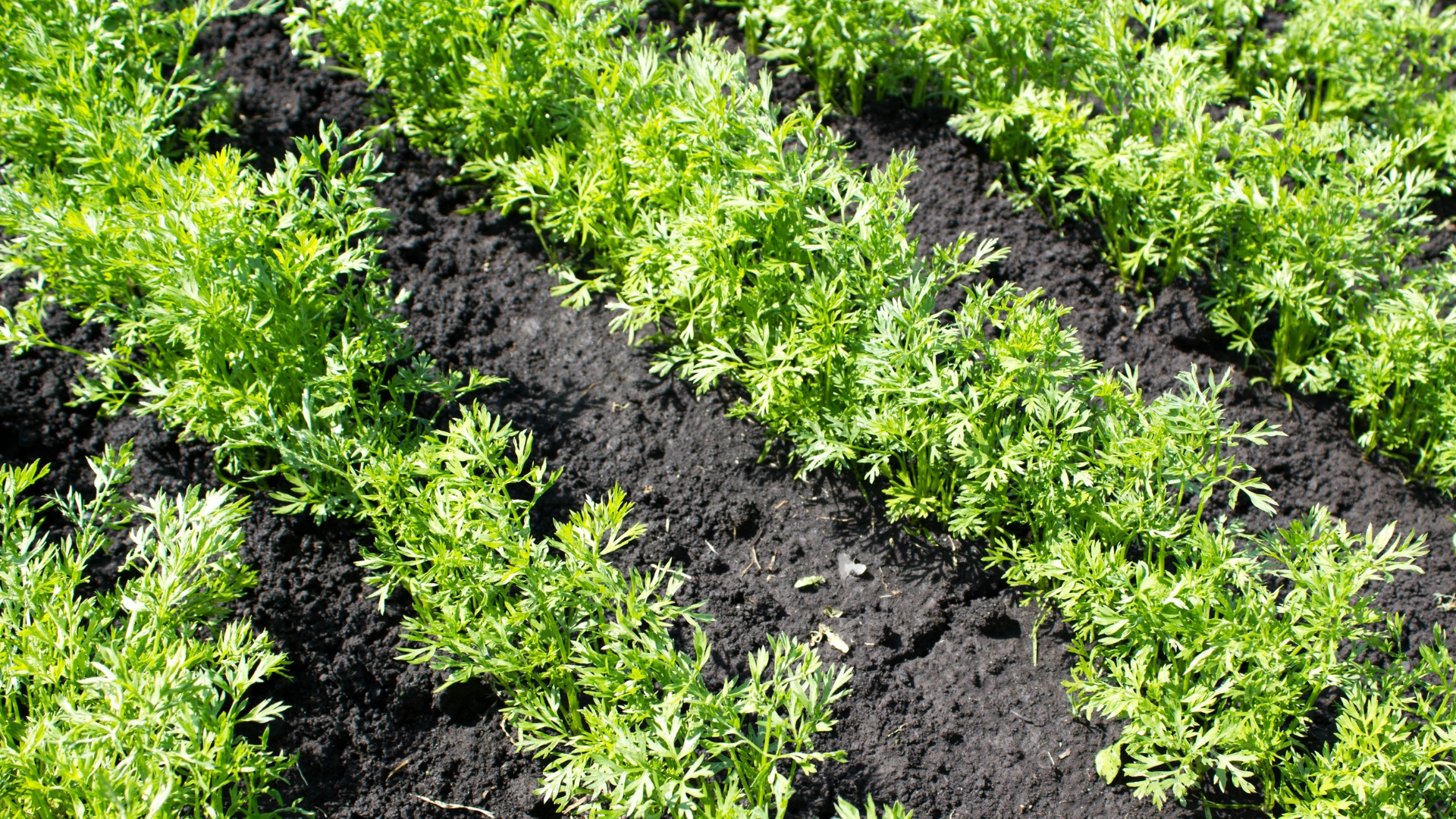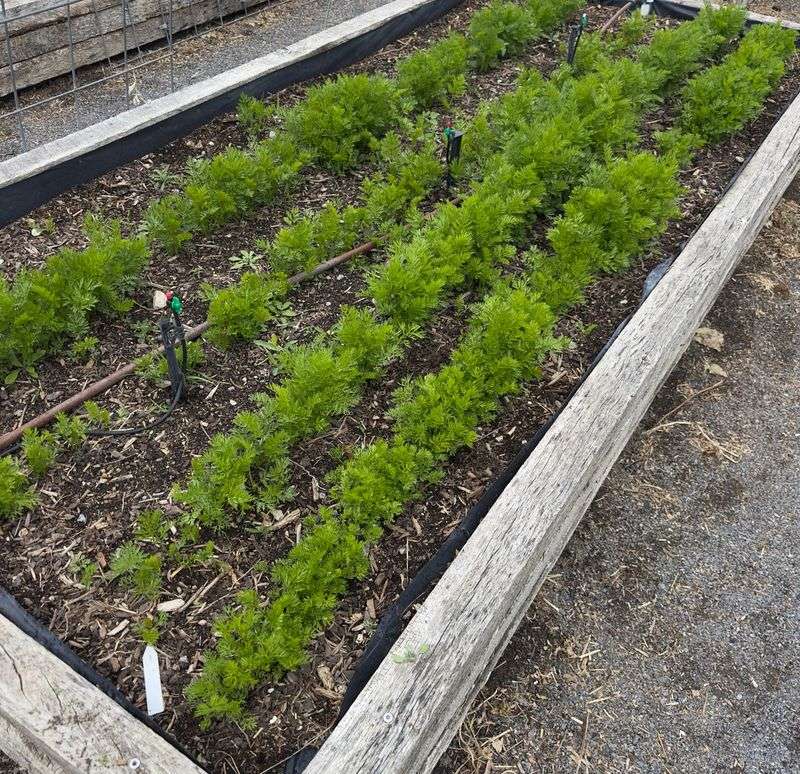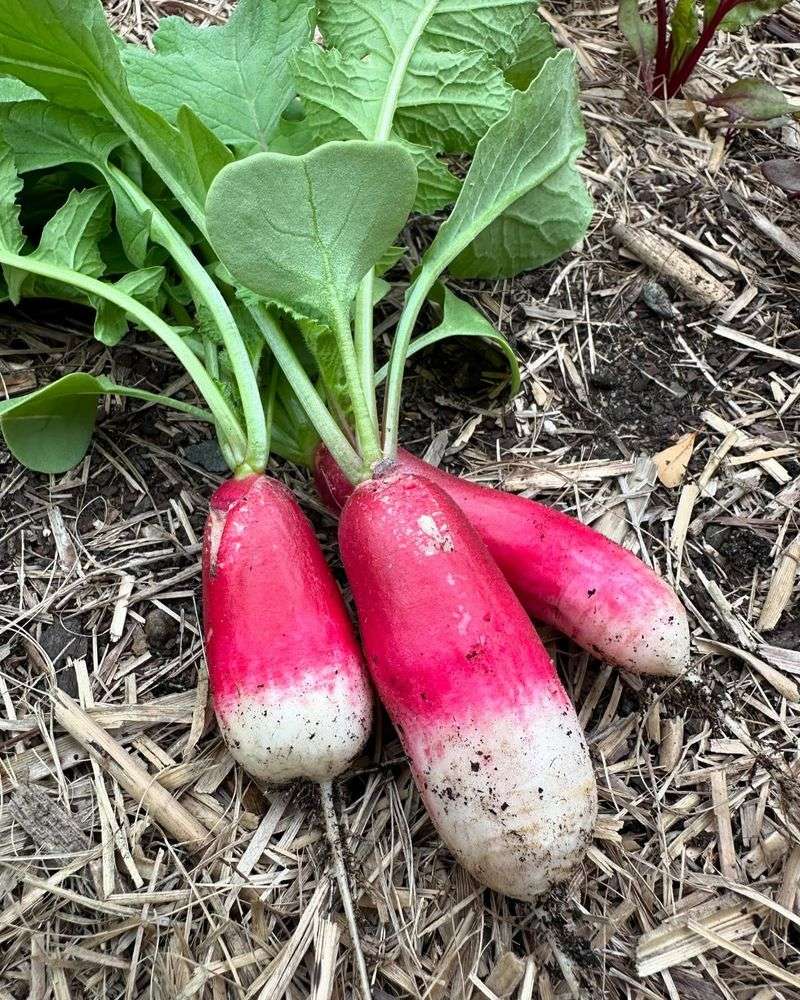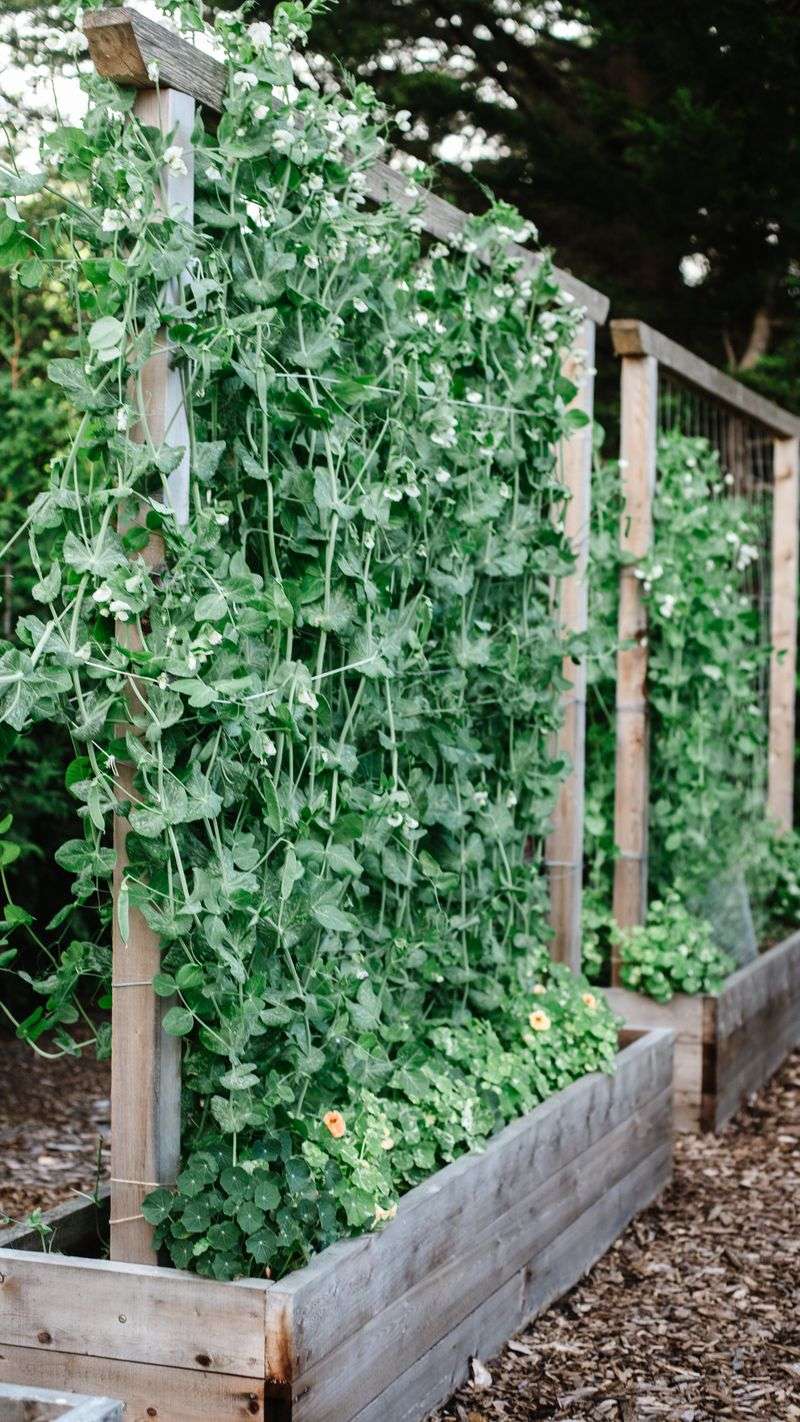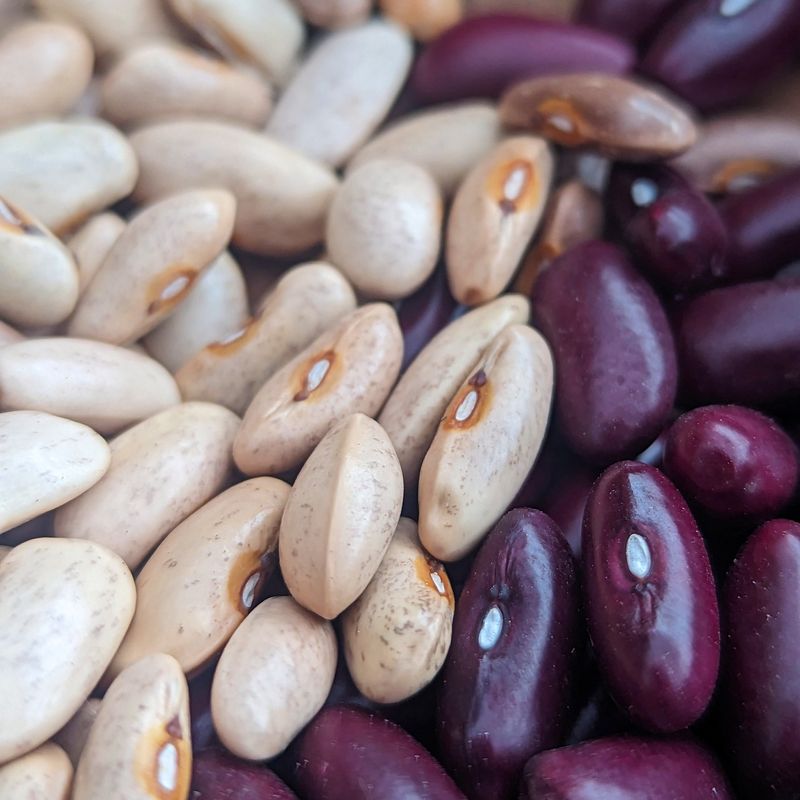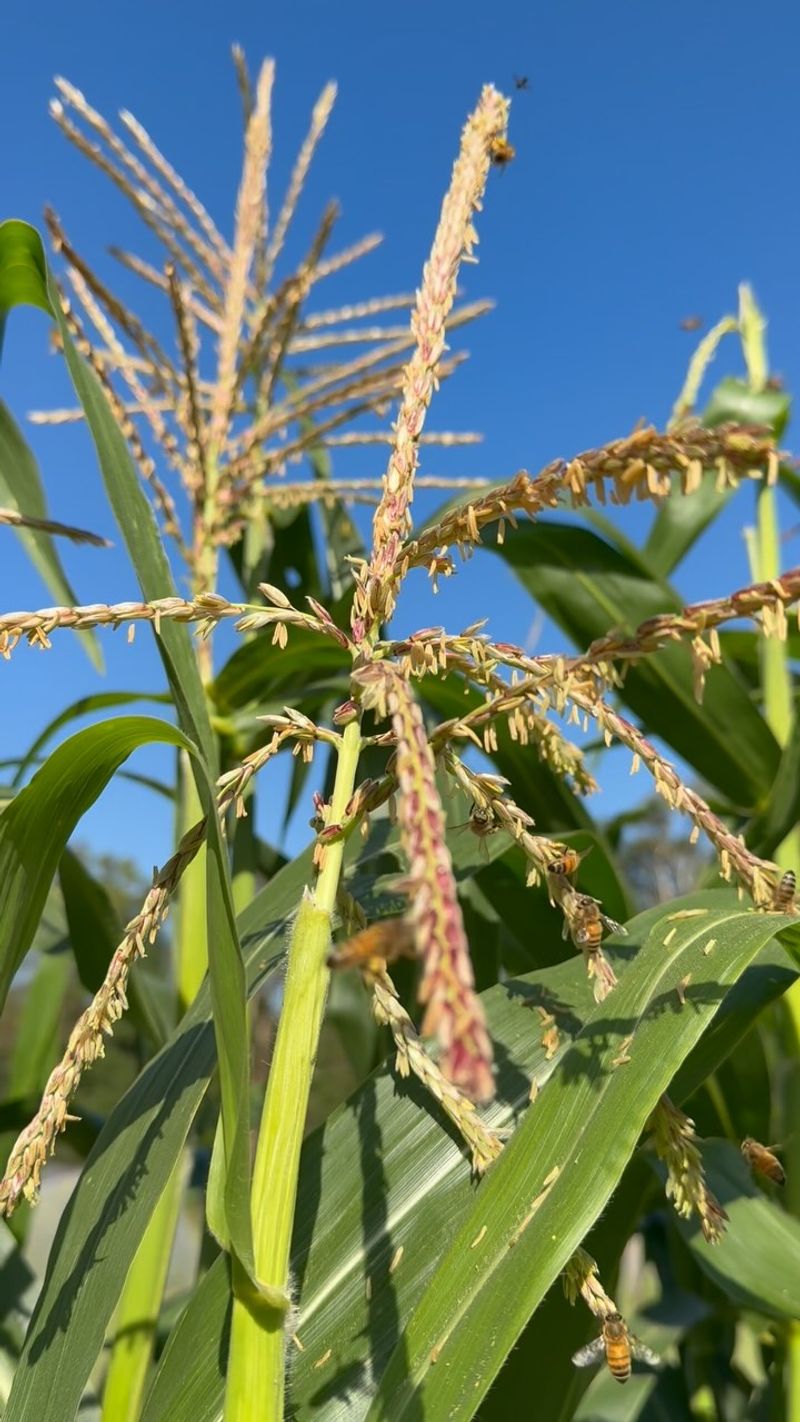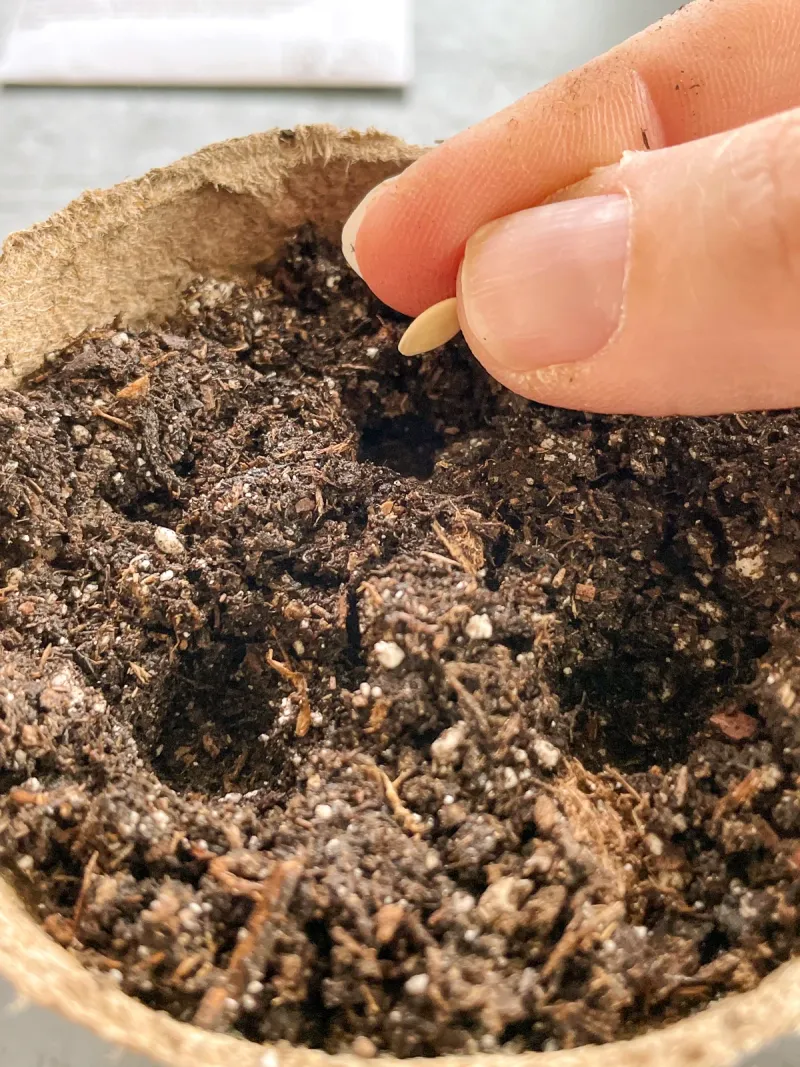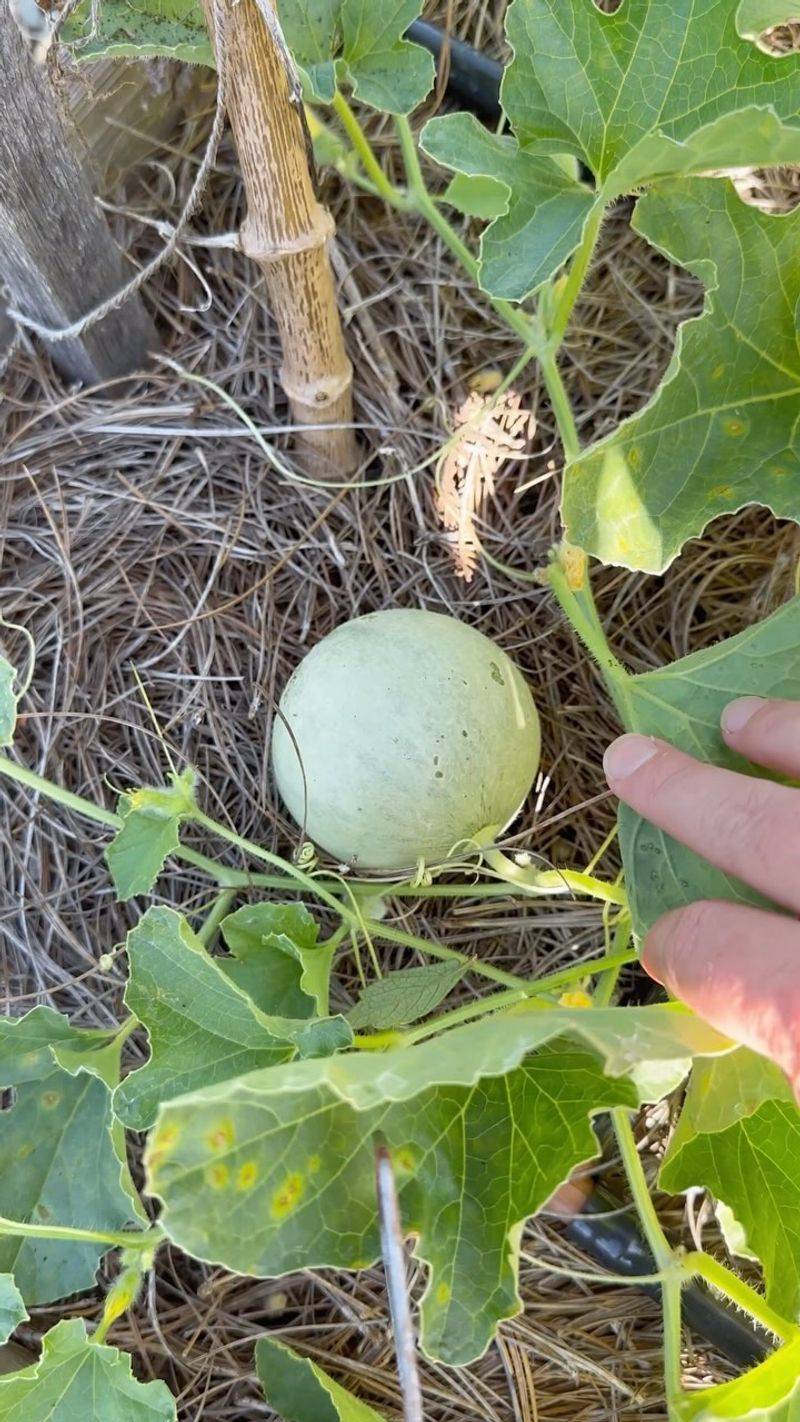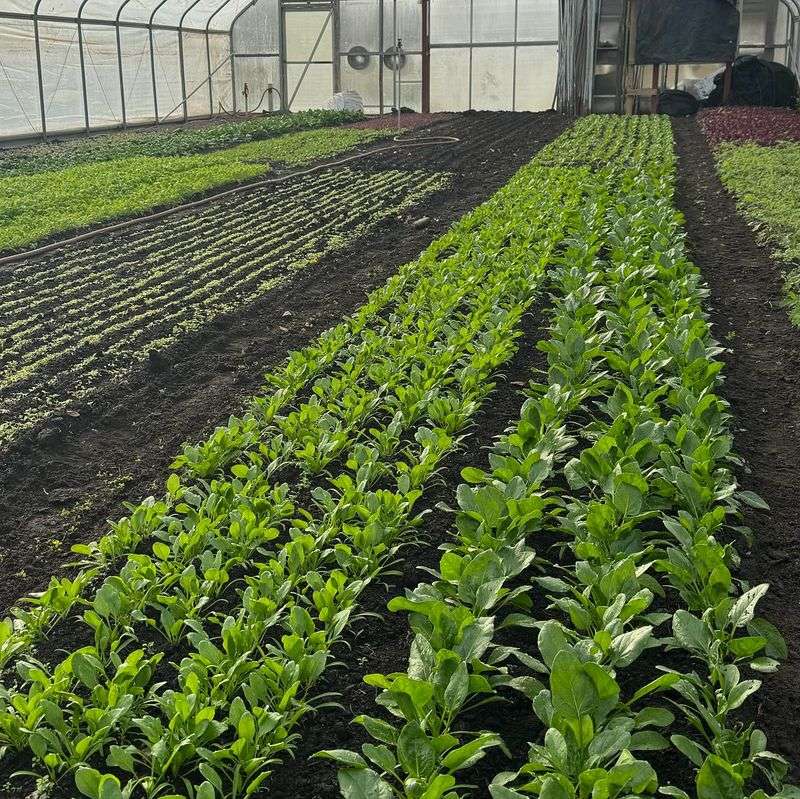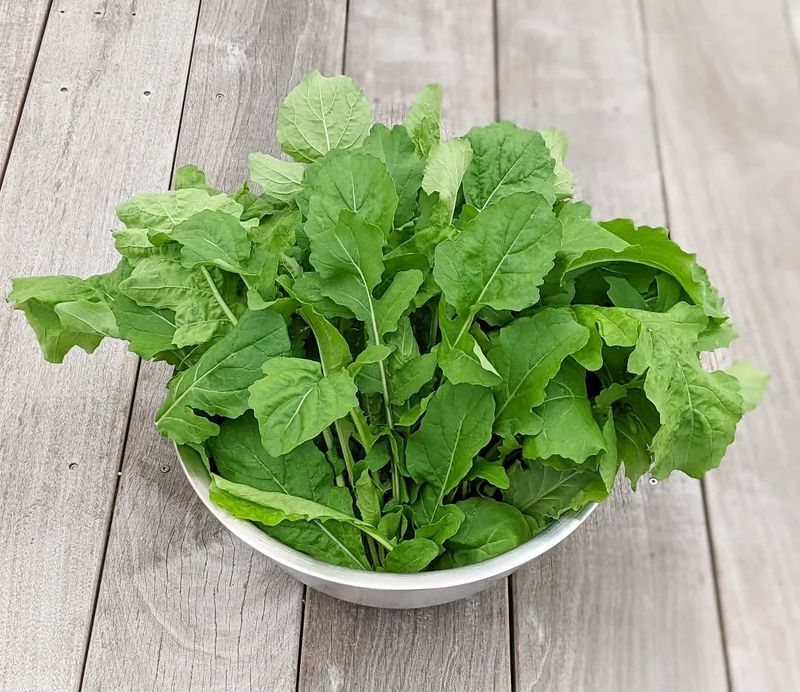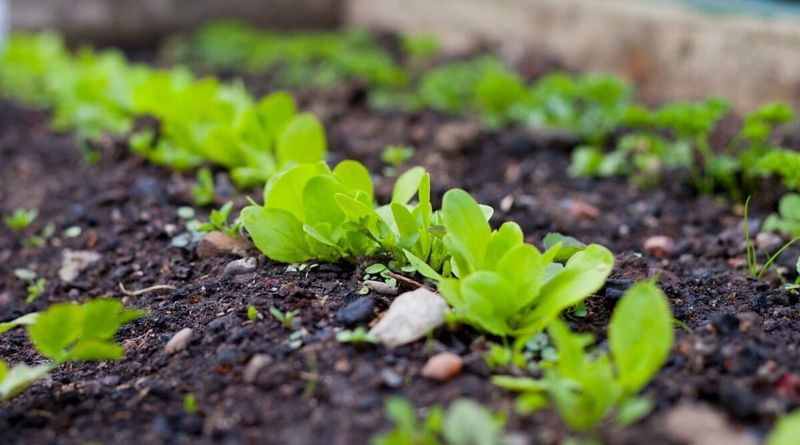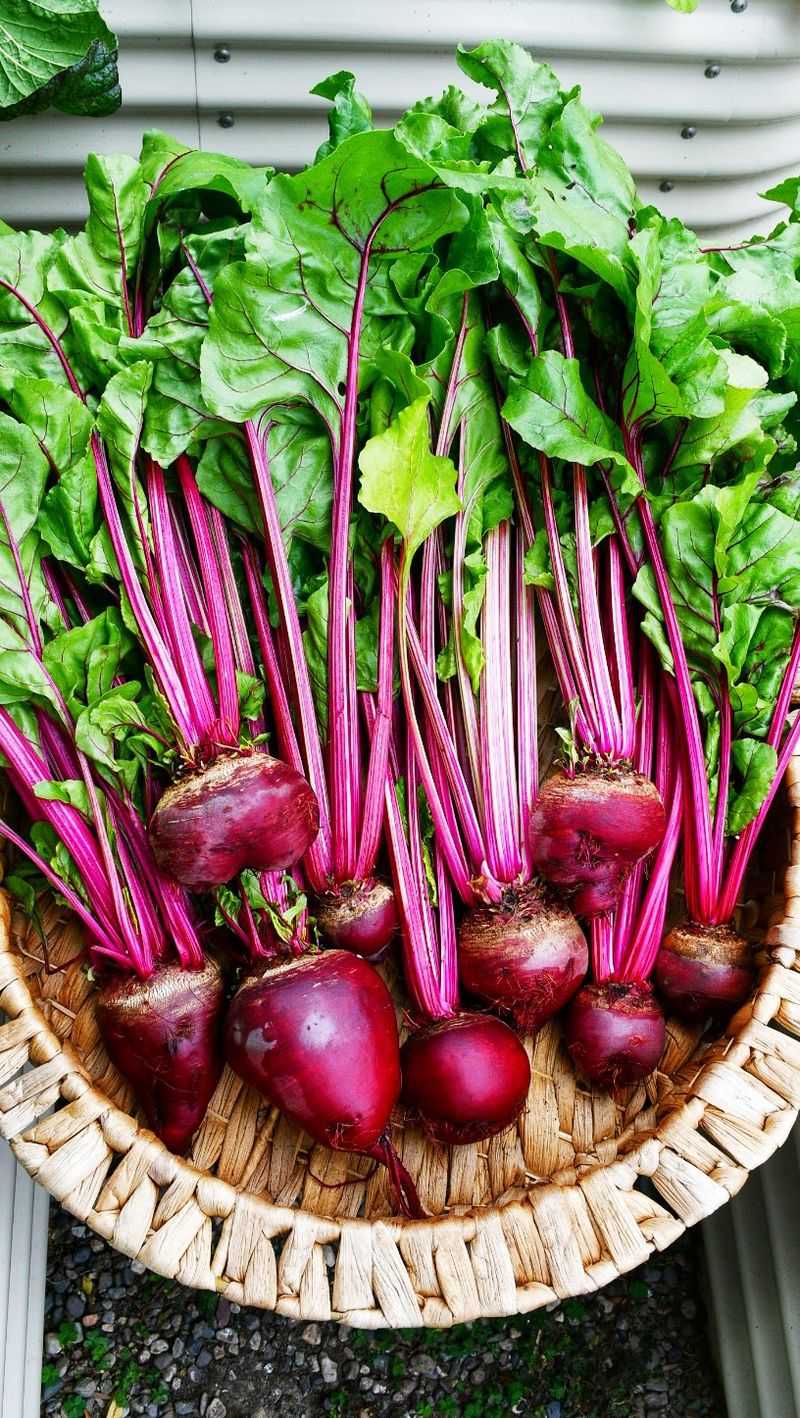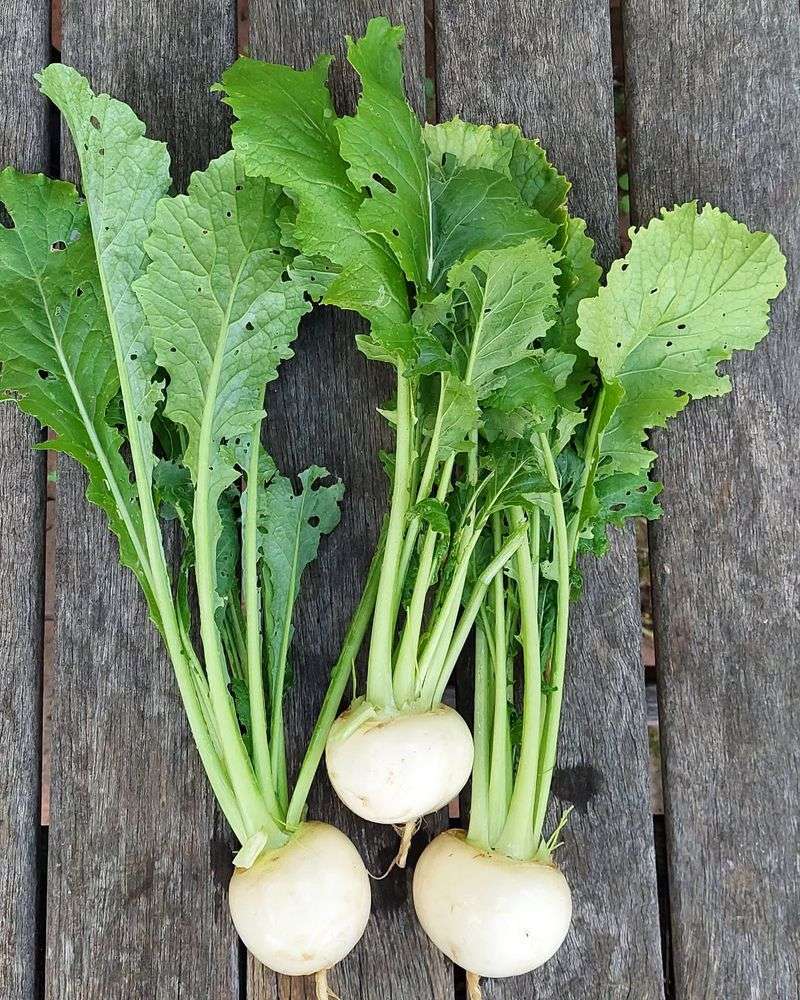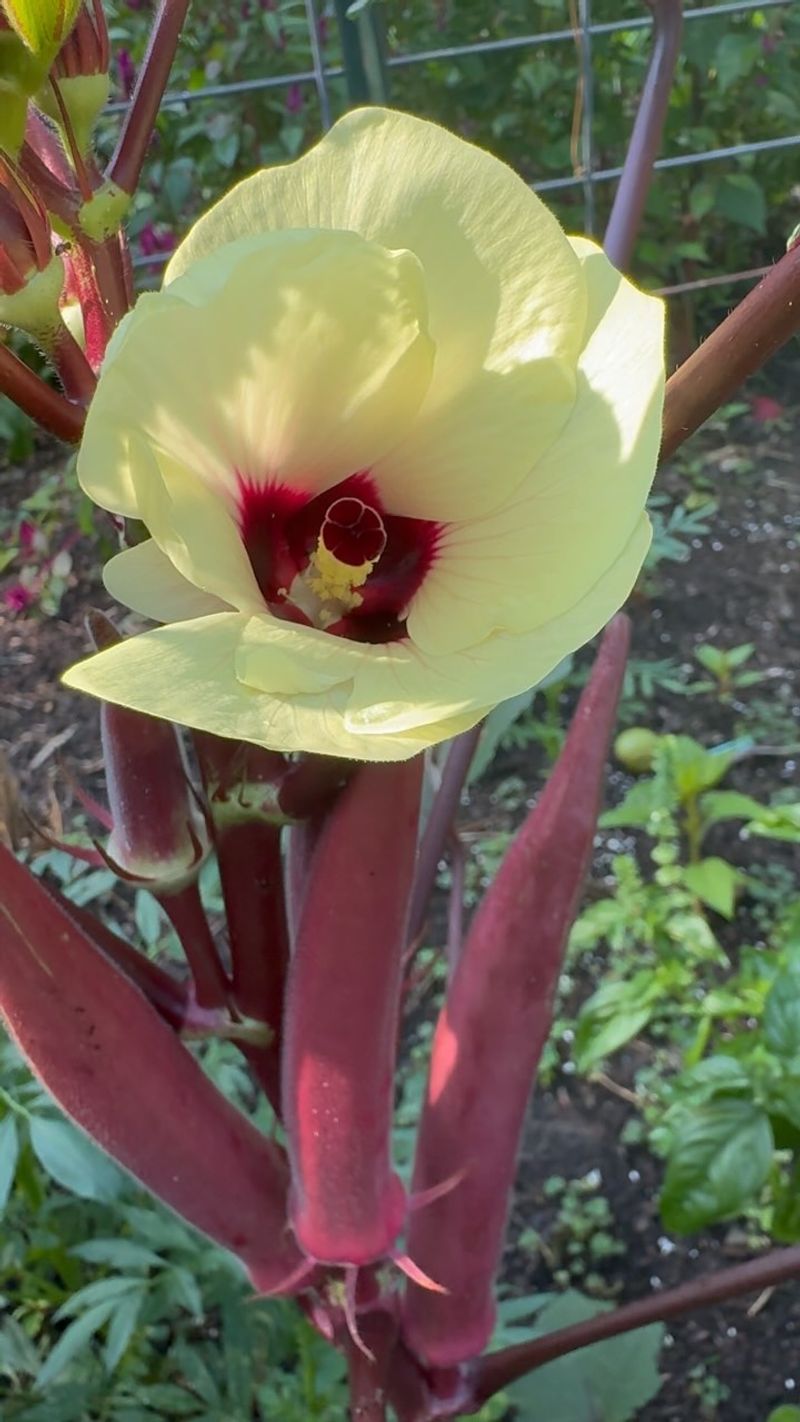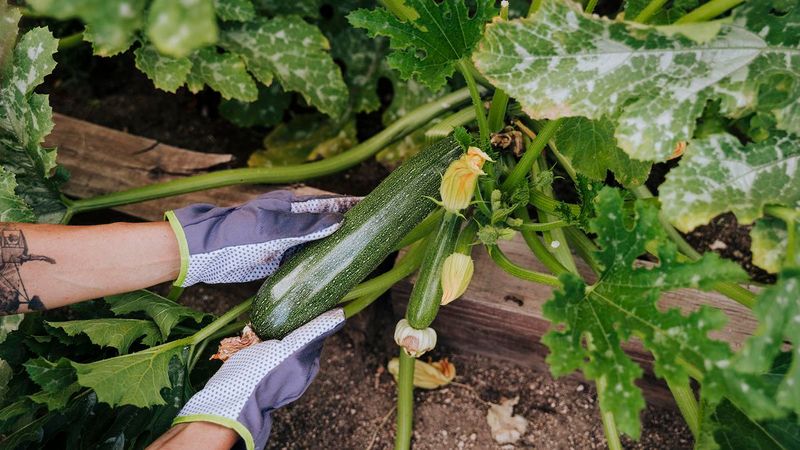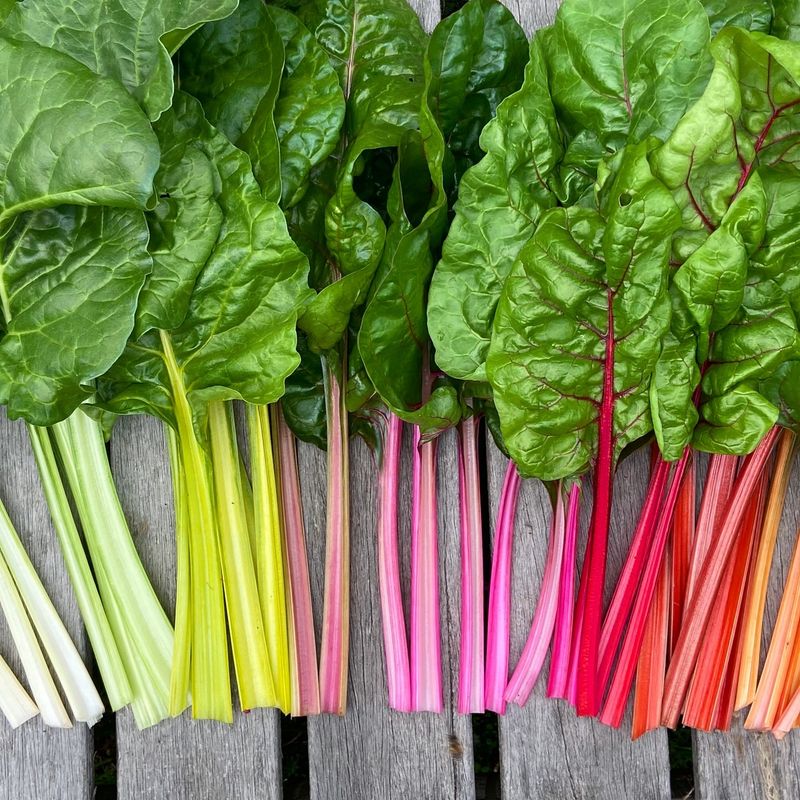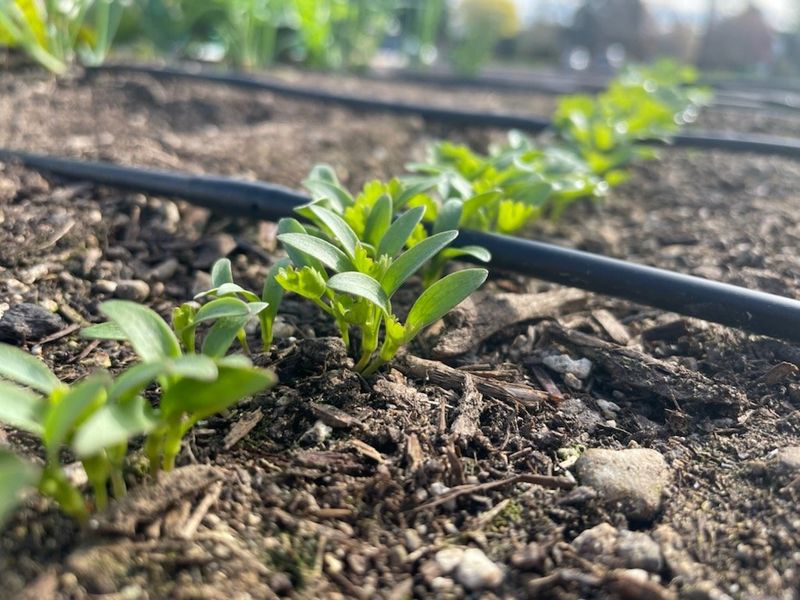When it comes to growing vegetables, some plants just do better when you go back to basics. Starting from seed isn’t just a money-saver—it’s the secret sauce behind stronger roots, hardier plants, and a harvest worth writing home about. While nursery seedlings can be tempting, they often come with baggage that stunts growth before you even get out of the gate. Sowing seeds puts you in the driver’s seat and opens the door to a world of unique varieties you’ll never find on store shelves. So roll up your sleeves and dig in—these 16 vegetables are made to grow from the ground up.
1. Carrots – Underground Treasures
Carrots develop long taproots that hate being disturbed. When transplanted, they often grow stunted or forked instead of the beautiful straight roots we desire. Direct sowing seeds allows their delicate roots to develop naturally without any trauma.
Carrot seeds are tiny but mighty! Sprinkle them directly in loose, stone-free soil about 1/4 inch deep. For easier spacing, try mixing the seeds with sand before sowing. Keep soil consistently moist until germination, which typically takes 1-3 weeks.
2. Radishes – Quick Harvesters
Ready to eat in just 3-4 weeks, radishes reward impatient gardeners with almost instant gratification. Their rapid growth cycle makes transplanting impractical and unnecessary. Plus, kids love watching these speedy growers pop up!
Sow radish seeds directly about 1/2 inch deep and 1 inch apart. For continuous harvests, plant new seeds every 10 days throughout spring and fall. The seeds germinate quickly, often within 3-7 days, giving even novice gardeners a confidence boost.
3. Peas – Climbing Champions
Sweet, tender peas lose vitality quickly when disturbed. Their root systems form beneficial relationships with soil bacteria that help them fix nitrogen – a partnership that works best when undisturbed from the start.
Plant pea seeds directly outdoors as soon as soil can be worked in early spring. They germinate best in cool soil and don’t mind light frost. Give them something to climb on right away – a trellis, fence, or even branches pushed into the ground work perfectly.
4. Beans – Nitrogen Fixers
Bean seeds contain everything needed for a strong start in life. Large and easy to handle, they rocket out of the soil with impressive vigor. Their ability to fix nitrogen improves your garden soil for future plantings.
Wait until soil warms to at least 60°F before planting bean seeds 1 inch deep. Bush varieties can stand alone, while pole types need support to climb. Avoid soaking bean seeds before planting – unlike some seeds, this can actually reduce germination rates in beans.
5. Corn – Sun-Loving Giants
Corn’s delicate root system suffers tremendously when transplanted, making direct seeding the only practical option. These towering plants need to be planted in blocks rather than rows for proper pollination.
Plant corn seeds 1-2 inches deep after soil has warmed to at least 65°F. Space seeds 8-12 inches apart in blocks of at least 4 rows for proper pollination. For extended harvests, plant a new block every 2 weeks, or try planting varieties with different maturation dates simultaneously.
6. Cucumbers – Crisp and Cool
Cucumber seedlings hate having their roots disturbed, often sulking for weeks after transplanting. Direct sowing eliminates transplant shock and gets these vining plants growing vigorously right from the start.
Plant cucumber seeds 1 inch deep in small hills or rows after all danger of frost has passed. The soil temperature should be at least 70°F for good germination. Give them plenty of space – at least 2-3 feet between plants – as they’ll spread quickly once established.
7. Melons – Sweet Rewards
Melons have sensitive root systems that resent disturbance. Starting from seed directly in the garden allows their extensive root network to develop properly, accessing deep moisture during hot summer days.
Plant melon seeds in warm soil (at least 70°F) about 1 inch deep in hills. Thin to the strongest 2-3 seedlings per hill once they develop true leaves. Melons are heavy feeders, so prepare the soil with plenty of compost before planting.
8. Spinach – Cool Season Superstar
Spinach bolts (goes to seed) quickly in warm weather, making timing crucial. Direct seeding allows you to precisely time plantings for optimal growing conditions in early spring and fall.
Sow spinach seeds 1/2 inch deep as soon as soil can be worked in spring. For fall crops, count back 6-8 weeks from your first expected frost date. Keep soil consistently moist during germination. The seeds sprout best in cool soil between 45-75°F.
9. Arugula – Peppery Greens
Fast-growing arugula reaches harvestable size in just 3-4 weeks, making transplanting completely unnecessary. The spicy leaves taste best when grown quickly in cool weather.
Scatter arugula seeds thinly over prepared soil and barely cover with a light dusting of soil. Keep the planting area consistently moist until germination. For continuous harvests, sow new seeds every 2-3 weeks in spring and again in late summer for fall crops.
10. Lettuce – Leafy Abundance
Lettuce seeds germinate quickly and grow rapidly, making direct seeding practical and economical. With hundreds of varieties available as seeds, you’ll discover flavors and colors never found in grocery stores.
Sprinkle lettuce seeds lightly over prepared soil and press gently – they need light to germinate, so don’t bury them! Mist regularly to keep soil surface moist. For continuous harvests, sow new seeds every 2-3 weeks during cool weather seasons.
11. Beets – Two-for-One Crop
What looks like a single beet seed is actually a cluster containing several seeds. This unique structure makes transplanting difficult but direct sowing simple. You get both nutritious roots and delicious greens from one plant!
Plant beet seeds 1/2 inch deep and 1-2 inches apart in rows. Each “seed” produces multiple seedlings that need thinning once they reach 2-3 inches tall. Don’t discard the thinnings – the baby beet greens make a delicious addition to salads.
12. Turnips – Root Cellar Staples
Turnips develop quickly from seed, often ready to harvest in just 40-60 days. Their long taproots make them poor candidates for transplanting, while direct seeding produces perfectly formed roots.
Sow turnip seeds 1/2 inch deep in early spring or late summer for fall harvest. Thin seedlings to 4-6 inches apart once they develop true leaves. Many gardeners find fall-grown turnips taste sweeter, as cool weather reduces bitterness and increases sugar content.
13. Okra – Southern Favorite
Okra’s deep taproot makes it resentful of transplanting. The beautiful hibiscus-like plants thrive in hot weather and produce best when grown from seeds planted directly in warm soil.
Plant okra seeds 1 inch deep after soil has thoroughly warmed – at least 65-70°F. Soaking seeds overnight before planting speeds germination. Space plants 12-18 inches apart to allow good air circulation, which helps prevent diseases in humid climates where okra thrives.
14. Zucchini – Prolific Producers
Zucchini grows so quickly from seed that transplanting offers little advantage. A single plant can produce dozens of squash over the season, making direct seeding economical and practical.
Plant zucchini seeds 1 inch deep in hills or rows after all danger of frost has passed. Thin to the strongest 2-3 plants per hill. Once established, zucchini grows rapidly – you’ll need to check plants every other day during peak season to harvest squash at their tender best.
15. Swiss Chard – Year-Round Color
Rainbow chard varieties offer spectacular colors only available through seed catalogs. These hardy plants can produce for months or even years in mild climates, making them an excellent value when grown from inexpensive seeds.
Sow chard seeds 1/2 inch deep and 2 inches apart, then thin to 6-12 inches spacing. The “seeds” are actually clusters containing several embryos, so thinning is essential. Unlike many greens, chard tolerates both cool and warm weather, making it a garden staple for multiple seasons.
16. Cilantro – Quick Bolting Herb
Cilantro races to produce seeds (coriander) in warm weather, making succession planting from seed the only practical approach. Direct seeding every few weeks ensures a continuous supply of fresh leaves throughout cool growing seasons.
Sow cilantro seeds 1/4 inch deep where plants will grow. The seeds germinate best when soil temperatures are between 55-68°F. Plant new batches every 2-3 weeks for continuous harvest. When plants inevitably bolt in heat, let them flower for beneficial insects and collect the coriander seeds.

